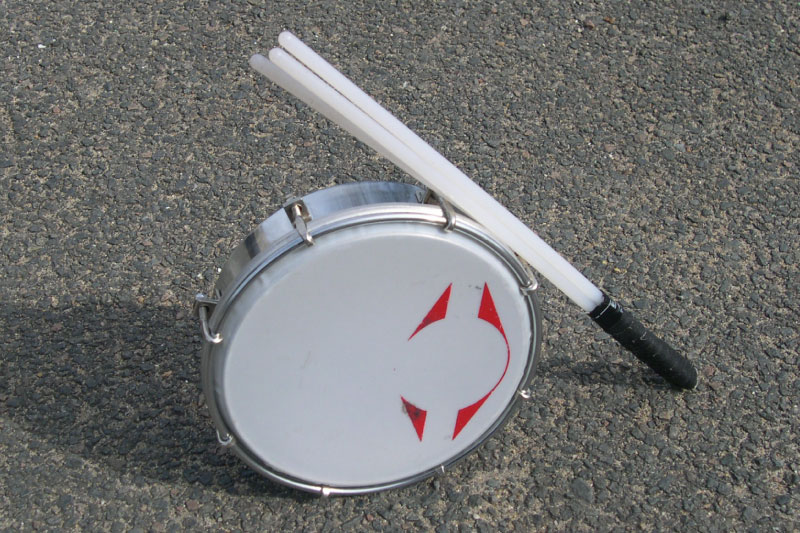
Caribbean Popular Dance-Hall Music II
Samba: the National Dance of Brazil
Samba was born in the slums of Rio de Janeiro, but some of its roots are also in Bahia, the most vibrant center of African culture in Brazil. Tia Ciata (Aunt Ciata), a matriarch whose home became a meeting point in Placa Once (square 11) in Rio de Janeiro, and consequently an incubator for samba, emigrated from the Northeast. One of the two vital centers in the development of samba, Praca Once along with Estacio, a nearby Rio neighborhood, is considered the cradle of samba.
It was in Estacio, however, that Ismael Silva, Nilton Bastos and others modified the maxixe by introducing longer notes to slow down the tempo, giving birth to samba. The Estacio style became the reference for modern samba.

Ismael Silva

Nilton Bastos
There are several types of samba, but we will focus on three major styles. The samba-enredo, played during carnival processions, the samba cancao, and the samba de morro. Favoring melody over rhythm, samba cancao features complex harmonies and sophisticated lyrics in a sentimental mood. It was promoted by middle class whites whose leaders were musicians like Dorival Caymmi, and others, who set the trends until the advent of the bossa nova of the 1950s. At the time that bossa nova was developing in the hills among the poor, the samba pioneered in Estacio, that had survived, continued to evolve. The samba de morro (samba of the hills) was too strong a cultural manifestation to remain a local phenomenon. It became national, and focused on the social conditions in Brazil, among other things. With some thousands of singers, dancers, and hundreds of percussionists, samba de morro became the classic form at carnival, the pre-Lenten street festival that the Caribbean inherited from Europe, but brought to heights never before seen.
Surdo Drums
The instruments used in samba are the "surdo" or bass drum that leads the ensemble and other percussions. The surdo is usually divided into a three drum chorus to simulate the African tradition. They are the surdo marcacao (marking), responsa (response), and cortador (cutting), that play in counter rhythms according to traditional patterns.
The other instruments of the battery are caixa, (snare drums), tamborino (cymbal-less tambourines), cuica (friction drum), reco-reco, (bamboo scrappers), agogo (bouble bell), cavaquinho(ukulele-like), and pandero (tambourines) that accentuate the foundation established by the bass drums.

Surdo drums





Rara bands hold ceremonies to ask the spirits to protect them and their instruments on the spiritually dangerous streets.












